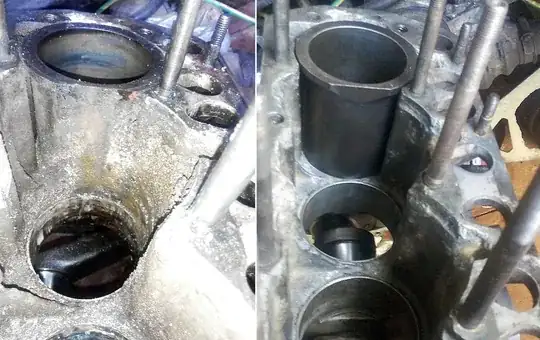I have an old Skoda Estelle with its original carbureted engine. It has been working so far. This car doesn't have a thermostat installed.
Timeline:
A few days ago, I realized it was consuming too much water and running a bit hot.
A few days later, I found out the water was coming into the oil sump. It contaminated the oil and made it look like the famous "mayo". I changed the oil.
Today, I drained the oil: no mayo!
Observations:
During a very short trip, the water temp hit 110C. The purge hole in the radiator flows water that is much less than 110C.
There is quicker, more substantial overheating now.
Questions:
- First I thought it was bad head gasket, but why does it no longer looking like mayo?
- Could this be a clogged radiator?
- Any ideas, before I disassemble the engine?
BEFORE AND AFTER :)
